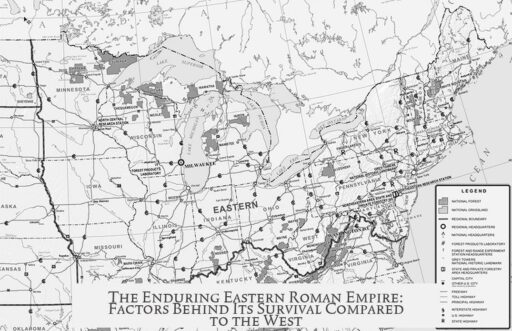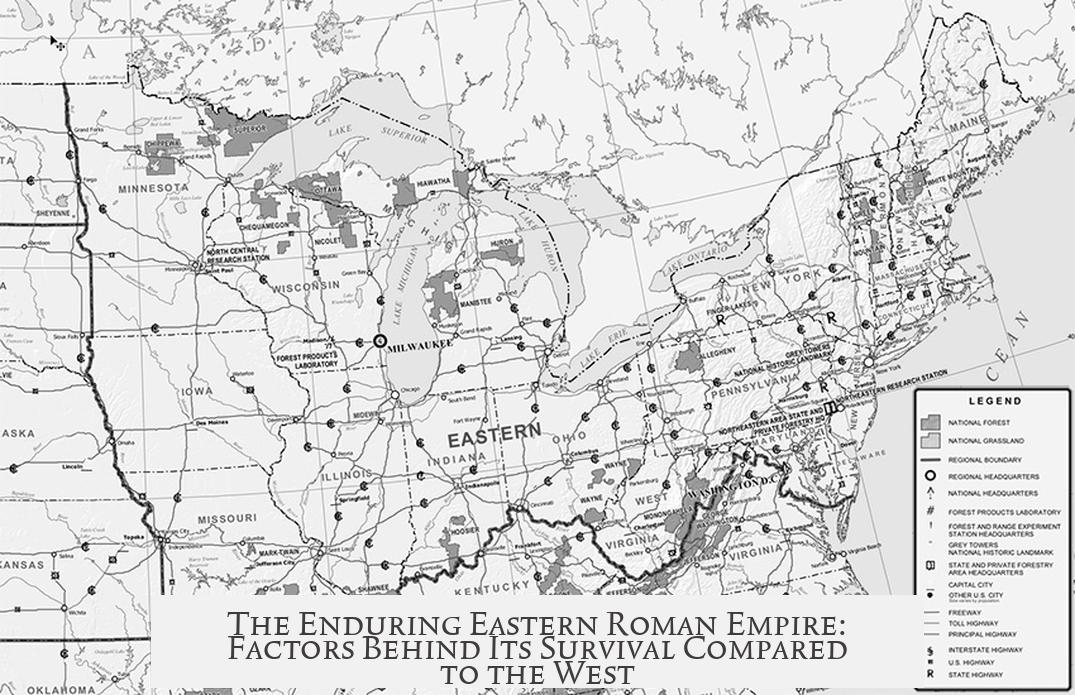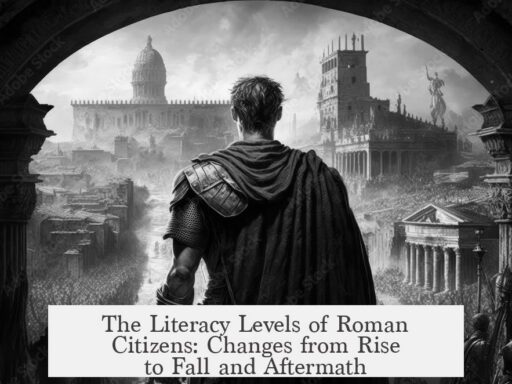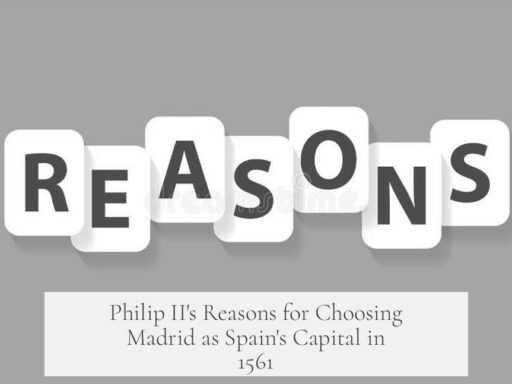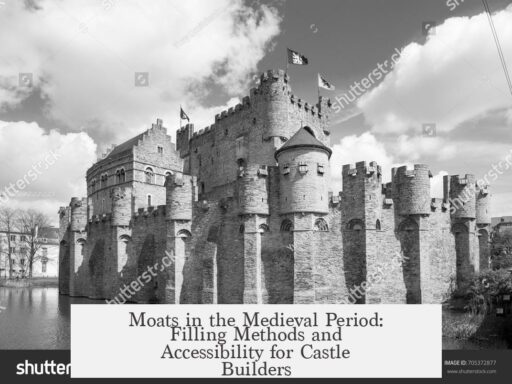The Eastern Roman Empire survived when the Western Roman Empire fell due to a blend of geographic advantages, stronger political and economic conditions, more centralized administration, effective leadership, and strategic decisions that maintained stability amid crises.
The fall of the Western Roman Empire in 476 AD marked the end of a long decline, while the Eastern Roman Empire, later known as the Byzantine Empire, continued for nearly a thousand years more. This divergence rests partly on geography. Constantinople, the Eastern capital, was strategically placed between the Black Sea and the Mediterranean. Its natural barriers and the imposing Theodosian Walls barred invasions effectively. The West lacked such fortified and easily defensible centers, making it vulnerable to barbarian incursions.
Geographic protection was crucial during waves of invasions. Arab tribes rapidly seized most of the Middle Eastern territories of the Eastern Empire, but Constantinople itself resisted due to its location and strong defenses. Other Western cities were less protected and fell more quickly as invading groups settled within empire lands, fracturing the tax base and weakening Roman control.
| Factor | Eastern Roman Empire | Western Roman Empire |
|---|---|---|
| Defense | Theodosian Walls and natural waterways provided strong defense | Weaker fortifications and geographic vulnerabilities |
| Economy | Robust, wealthy cities and control of trade routes including Silk Road | Economic decline, stagnation in cities, reliance on disrupted trade |
| Government | Centralized, stable bureaucracy with fewer emperors and less military interference | Fragmented, unstable with frequent usurpations and army dominant |
| Leadership | Competent, action-oriented emperors maintaining stability and order | Ineffective rulers, subjected to military influence and internal chaos |
| Strategic Location | Hub for Mediterranean and Asian trade with multiple economic options | Faced trade isolation if either land or sea routes were cut-off |
Political and economic factors were decisive. The Eastern cities retained prosperity longer, benefiting from trade spanning Asia, Africa, and the Mediterranean. Constantinople controlled critical trade routes, including those linked to the Silk Road and Egypt. This diversified economic base supported a stable tax system and military funding. In contrast, the Western Empire experienced economic stagnation and loss of tax revenues, partly due to treaties that settled barbarian groups on Roman lands. These treaties undermined western fiscal strength and accelerated its collapse.
The East’s centralized government was another pillar of survival. It maintained systematic resistance to invasions through a coherent bureaucracy. Fewer emperors ruled the East compared to the West, where constant military coups and assassinations destabilized imperial authority. Civil officials in the East handled state affairs more effectively than generals, who dominated the West after Emperor Valentinian III’s death. This separation of military and civil power allowed Eastern emperors to retain control and serve longer terms, providing continuity.
Leadership in the East proved more effective overall. Eastern emperors, though not always brilliant, were competent and decisive. For example, Theodosius II ruled for over 42 years, managing threats and strengthening the empire. Emperors like Leo I and Zeno confronted rivals decisively, while Western rulers like Honorius showed passivity during crises. The Western emperors’ weakness allowed invading groups to exploit internal discord, whereas Eastern leaders maintained stronger defenses and diplomacy.
The divergence between East and West also results from a complex series of contingencies rather than a single cause. Some scholars, such as JB Bury, argue the Eastern Empire chose alternate paths during critical moments that the West did not. Thus, the Eastern Roman Empire’s survival reflects a combination of geographic protection, economic vitality, centralized governance, capable leadership, and strategic flexibility.
- Theodosian Walls and geography shielded Constantinople from invasions better than Western cities.
- The East’s economy was robust due to diversified trade, unlike the declining West.
- More centralized governance and fewer political upheavals stabilized Eastern rule.
- Eastern emperors exercised stronger leadership and maintained control against internal threats.
- Strategic location allowed the Eastern Empire to adapt economically and militarily.
